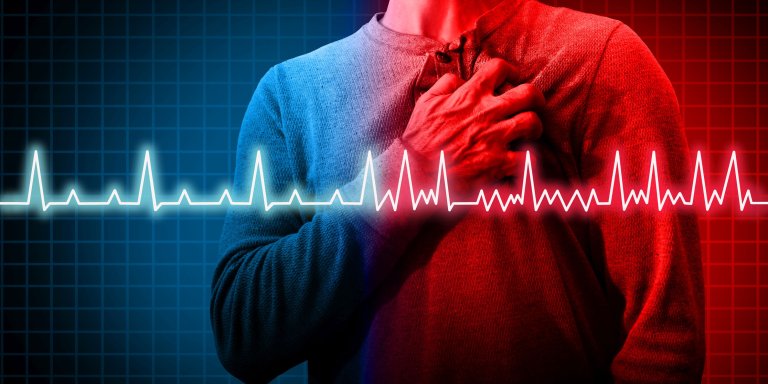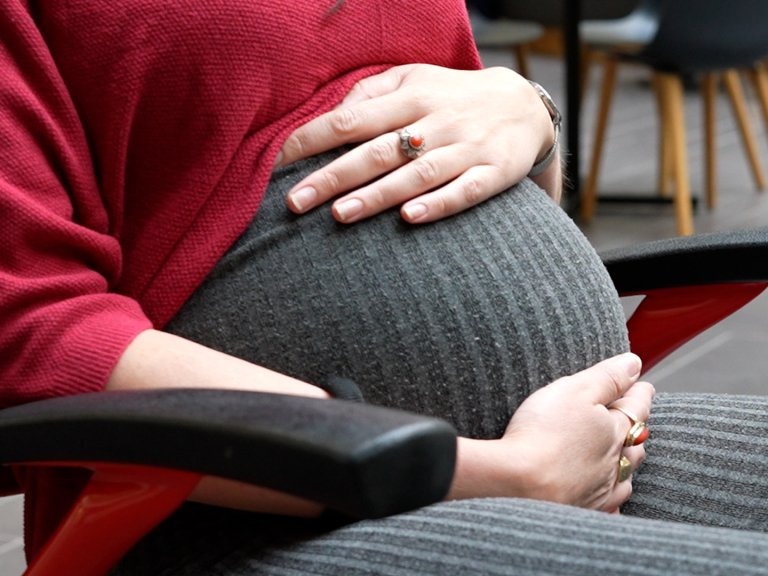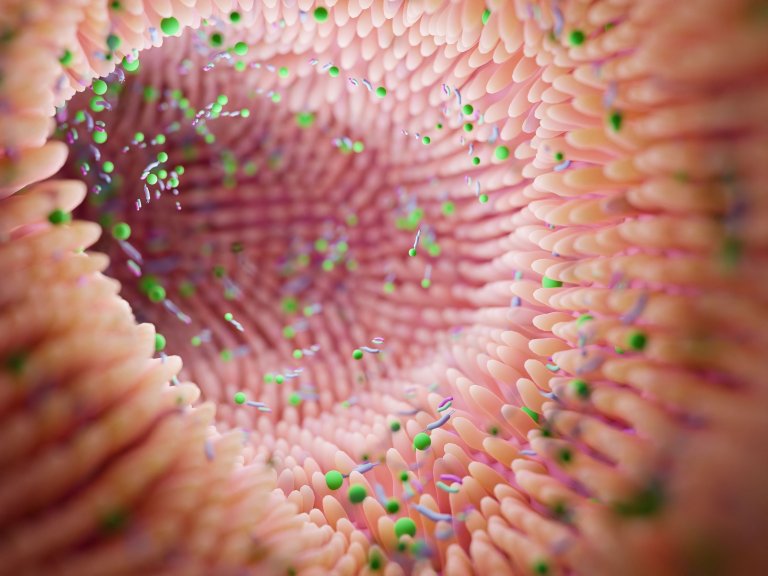“For a select group of seriously ill patients, this offers them a solution,” says Pieter Postema, cardiologist and electrophysiologist at Amsterdam UMC. Many people suffer from atrial fibrillation, a fairly harmless heart arrhythmia in the front chambers of the heart. But hundreds of thousands die each year from sudden cardiac death as a result of an arrhythmia in the heart chamber.
“For example, if there is a heart attack at the precise moment where the heart is out of rhythm,” explains Postema. “Or if there is already a scar in the heart muscle due to a previous heart attack or another disease in the heart muscle, which can cause the electrical function of the heart muscle to run wild.”
There is currently medication on offer, although it is invasive for patients, and the problematic part of the heart muscle can also be found and "switched off" by making small scars in the heart muscle. But for a small group of patients, neither this so-called ablation nor the drugs offer a solution. For them, living in fear of another arrhythmia is the daily reality.
First patient in Amsterdam
Recently, however, a new treatment method has emerged: radiotherapy. In 2017, a first scientific study was published in which 5 patients in the United States were largely free of their serious cardiac arrhythmias for a year after radiotherapy. For his doctoral research at Amsterdam UMC, physician-researcher Martijn van der Ree published an overview article in 2020 in which the first 41 patients worldwide were included. The results of this analysis were the impulse needed to set up a study in the Netherlands. In 2020, the first patient with a so-called treatment-resistant cardiac arrhythmia was then treated in Amsterdam. Since then, 6 patients have been treated and included in the STARNL-1 study.
Radiate like a tumour
“The therapy is somewhat reminiscent of radiotherapy for a cancer patient,” Van der Ree explains, “only this irradiation is a one-off and the dose is about 10 times higher." The process is known as 'stereotactic radiation,' meaning that the source circles around the body, with the rays always, like the spokes of a wheel, converging precisely in the area in the heart that needs to be 'destroyed'.”
Not only the therapy itself is reminiscent of the treatment of a tumour, the team involved is also somewhat similar. In addition to Postema and Van der Ree, radiation oncologists Brian Balgobind and Edith Dieleman are intensively involved in the study, as is clinical physicist Jorrit Visser. “Given the complexity, how multidisciplinary it is, this very important,” emphasizes Van der Ree. “You are literally going to destroy a piece of the heart muscle, so that involves a lot of preliminary research to see where and how you should concentrate the radiation."
Last straw
The results of the first 6 European patients treated in this were published in March 2023. “We compared the results of 12 months before with those of 12 months after the treatment. In the most extreme case, this involved a man who had received a shock more than 40 times in the year before treatment from his implanted defibrillator – a so-called ICD – so that his heart returned to a normal rhythm. In the year after the treatment, he didn't require a single shock,” says van der Ree
The 6 patients were not 100 percent free of symptoms in the period after the radiotherapy. In some cases, it took more than a month for the radiation to have an effect on the scar tissue and during that period there were still arrhythmias. In 2 patients, the arrhythmias partially returned somewhat 9 months. “We will have to see if we just missed the crucial part of the heart where the problems came, or if something else was going on.” Two patients died in the year after treatment, but that was not due to a heart problem, says Postema. “We are dealing here with seriously ill people for whom this therapy is the last straw. They often suffer from multiple ailments and remain vulnerable in other ways.”
Fewer drugs
The patients involved were able to largely reduce the medication they took against the arrhythmias. “That is an important advantage, because these drugs have serious side effects,” says van der Ree. “We have also properly evaluated the safety of the therapy itself.”
Whether the heavy irradiation of the damaged heart will itself generate new problems in the long term, such as a heart attack or heart muscle disease remains to be seen": “But remember that these are people who have a serious problem that affects their daily life in a hugely negative way. I even know patients who find the regular shocks from their implanted device so severe that they seriously consider going without it, with the result that they could die from their next arrhythmia. This irradiation is a huge benefit for this group,” says cardiologist Postema
Real alternative
“It won't be a therapy for young patients any time soon; the long-term effects are still too unclear for that,” says Postema. “Who knows, it may become completely superfluous in the long term, for example if better medicines are introduced and ablation techniques are further improved. But until then, it is great that we now have a realistic view of an alternative that appears effective, is apparently safe and is also much cheaper than ablation using catheters.”




